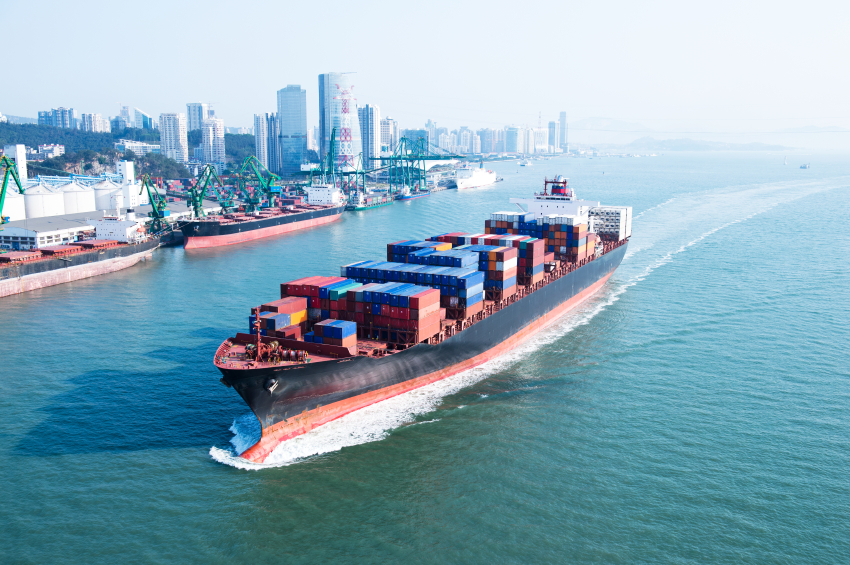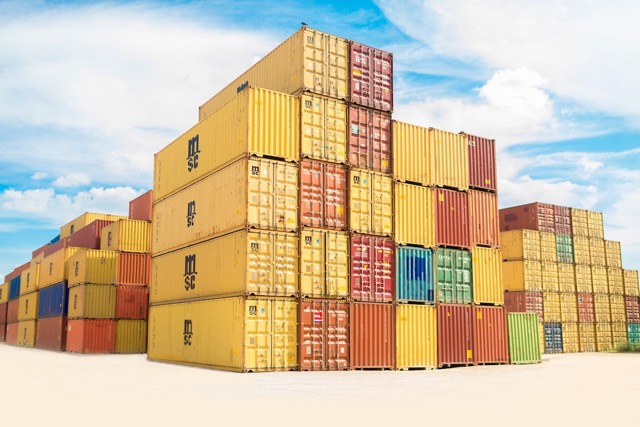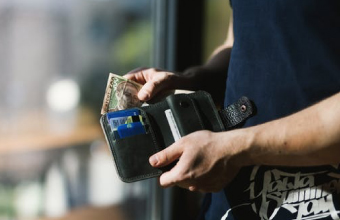Amazon Australia Explained and Simplified
As the biggest online retailer in the world, Amazon is an obvious first choice for you to sell your products. In this article we’ll explore how to sell your products on Amazon and give you advice and help to get the most out of their marketplace.
As an online, ecommerce retailer, it’s important to get your products in front of as many people as possible. You’ve spent considerable time and effort developing a strong online presence, carving out a niche, and finding the right audience — But you still want to grow.
That’s where third-party marketplaces come in — online destinations like eBay, Amazon, and Alibaba can give you a huge amount of exposure and massively increase your market size.
Whether you’re in Australia, or located elsewhere in the world, you can use these online marketplaces to easily expand into new countries.
You can sell into the following markets, all of which have local Amazon marketplaces:
- North America — USA, Canada, and Mexico.
- Europe — UK, France, Germany, Italy, and Spain.
- Asia — Japan, China, and India.
The two main ways to sell on Amazon
There are a couple of ways you can sell through Amazon, they are as follows:
- Selling only — You list and sell your products through their marketplace and take care of all the packing, distribution, customer service, and administration yourself.
- Fulfilment by Amazon — In addition to listing and selling your products on Amazon, they also take care of packing, distribution, customer service, and everything else.
Since you want to list and sell your products overseas, Fulfilment by Amazon (FBA) is the only sensible choice, and we’ll focus on that in this guide.

How to set yourself up for Fulfilment by Amazon (FBA)
Amazon has a really good guide to getting setup on FBA — Here are the main steps:
- Setup your FBA account — You’ll need to have a selling account on Amazon to qualify. You can signup here.
- Decide what you want to sell — You’ll need to source products to sell on Amazon and understand all of the costs associated with your business. You’ll then need to set a price point so you can meet your costs and turn a profit.
- Create your product listings — You can add your products to the Amazon marketplaces, either one at a time, or by using inventory software that integrates with Amazon.
- Get your products ready — Anything you sell needs to be in a suitable condition to be stored, picked, packed, and sent to a customer, safely and securely.
- Send your products to Amazon — You’ll need to send any products to the relevant Amazon warehouses in the countries where you want to sell. Amazon offers discounted rates for you to ship products to them.
- Amazon lists your products on their marketplace — Your items become available for purchasing.
- Customers find and buy your items — This is the fun part. Customers on Amazon’s vast marketplace can locate and buy what you’re selling.
- Amazon fulfils the order — Amazon picks, packs, and ships the product to the customer.
Amazon provides customer support — Amazon handles customer service, support, refunds, and other admin on your behalf. - Amazon deducts their fees — Naturally, there are fees for FBA, so they’re deducted from your balance with Amazon.
- Amazon forwards the remaining money to you — They forward you any other proceeds from the sales of your items.
Other requirements for selling on Amazon
Amazon has several other requirements you’ll need to meet to be able to sell on their marketplace, they are:
- If your product is already on Amazon, you can use that information to help you list your item.
- If your product isn’t on Amazon, you’ll have to provide an EAN/UPC barcode, a Stock Keeping Unit (SKU) code, and various other information. You will also need to have your product professionally photographed.
- You will need to select an Amazon category to list your item and provide a product description and details.
- If you wish, you can create a “digital storefront” for your company where you can list all the items you sell.
- If you’re selling internationally, you should also review all the information here, as there’s some very useful advice.
How to find and source items to sell
A big part of succeeding on Amazon is being able to source or manufacture items at a low price so you can sell them on at a profit. It makes sense to get your items from countries with low production costs, and that makes China your best choice.
Fortunately you can get fairly easy access to China’s massive number of products through AliBaba — It’s a huge marketplace in China featuring manufacturers, suppliers, importers, and exporters. You can find almost any type of product there, many of them at very good prices.
Related: How to import from China

Research the local Amazon markets to see that the demand is like for products you’re interested in. You’ll also need to carefully review your competition — Remember that Amazon is a very price-sensitive way to sell, so you’ll need to have a profit margin even after taking all of your fees into account.
Work out exactly what each item is going to cost you — That includes your price per item (buying or manufacturing), transport and logistics, operational costs, salaries of people you need to pay, tax, and everything else that goes into running a business. You can use these costs to help you set a reasonable price point.
Once you’ve found some items you like, you can arrange to have samples shipped to you so you can check their quality. Assuming you’re happy, you can then go ahead and arrange to have a larger quantity shipped to various Amazon warehouses so you can sell them on.
Dealing with the financial side of things
One of the things that can really eat into your profits is poor exchange rates and high fees. If possible, try to get Amazon marketplaces to pay you in their local currency (e.g. US dollars in the USA.) This will often mean opening a bank account in that country, so you’ll need to explore options for doing that. Once you’ve been paid locally, you can choose when to transfer money back to Australia at the best rate.
Make sure you read this: PayPal, Stripe, Shopify and Pin Payments Reviewed and Compared
Remember that when it comes to paying for your products, you’ll want to get the most favourable exchange rates for paying your suppliers. Again, keep your fees low and choose a supplier who’ll provide the best exchange rates.
You’ll also want to look into the US/Australia Tax Treaty — This helps you avoid double-taxation (paying tax in the US and in Australia on the same income.) Talk to your accountant and your lawyer on the best way to use the treaty for your business. You might even be able to setup a US based business to take more advantage of the tax situation.
As you can see, there is some work involved in selling through Amazon internationally. If you can source the right items, make your offers enticing, and deal with overseas suppliers, it’s a great way to build your business so you have a global reach.
There is so much to learn about selling on Amazon.
From how to set up your business for success to insider tips and tools, these guides cover every aspect of starting and building a business in the worlds biggest marketplace.











